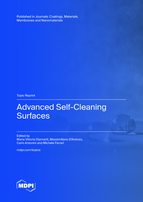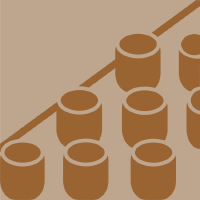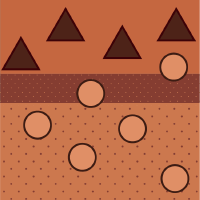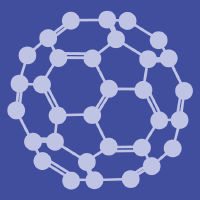Topic Menu
► Topic MenuTopic Editors




Advanced Self-Cleaning Surfaces

A printed edition is available here.
Topic Information
Dear Colleagues,
We would like to draw your attention to a new interdisciplinary topic dedicated to advanced self-cleaning surfaces. Self-cleaning effects can be utilized in a variety of applications, from cleaner building surfaces to anti-fogging mirrors, low-drag ship hulls, anti-bacterial and anti-viral surfaces, and food container draining. The methods used to achieve self-cleaning are diverse, and all rely on tuning wettability, meaning that either the surface chemistry or morphology, or both, are modified to make surfaces superhydrophilic, superhydrophobic, amphiphilic, or oleophobic. Wettability changes can be permanent or induced by an external stimulus, as in the case of photoinduced phenomena. Nature is often the key: most modifications currently adopted are actually bioinspired—e.g., by lotus leaves, shark skin, or mosquito eyes, to name a few. This interdisciplinary topic aims to collect all possible approaches to self-cleaning, including theoretical approaches as well as small-scale laboratory experiments and material validation in relevant environments from the nanometer to meter scale. Joining all aspects of such a faceted phenomenon in a single collection of articles will help the scientific community involved in this field to improve collaboration among diverse disciplines and promote novel insights across interdisciplinary research fields. To take into account its peculiar interdisciplinary character, this article collection will be published in five different journals: Coatings, Materials, Membranes, Nanomaterials, and Surfaces.
Prof. Dr. Maria Vittoria Diamanti
Prof. Dr. Massimiliano D'Arienzo
Prof. Dr. Carlo Antonini
Dr. Michele Ferrari
Topic Editors
Keywords
- self-cleaning
- superhydrophilic
- superhydrophobic
- amphiphilic
- oleophobic
- bioinspired
- nanostructured surfaces
- wetting
- wettability
- photoactivity
- antibacterial
- antiviral
- numerical simulations
- experimental tests
- theoretical approach
- surface characterization
- chemical/physical surface modifications
Participating Journals
| Journal Name | Impact Factor | CiteScore | Launched Year | First Decision (median) | APC |
|---|---|---|---|---|---|

Coatings
|
3.4 | 4.7 | 2011 | 13.8 Days | CHF 2600 |

Materials
|
3.4 | 5.2 | 2008 | 13.9 Days | CHF 2600 |

Membranes
|
4.2 | 4.4 | 2011 | 13.6 Days | CHF 2700 |

Nanomaterials
|
5.3 | 7.4 | 2010 | 13.6 Days | CHF 2900 |

Surfaces
|
2.0 | - | 2018 | 15.7 Days | CHF 1600 |

MDPI Topics is cooperating with Preprints.org and has built a direct connection between MDPI journals and Preprints.org. Authors are encouraged to enjoy the benefits by posting a preprint at Preprints.org prior to publication:
- Immediately share your ideas ahead of publication and establish your research priority;
- Protect your idea from being stolen with this time-stamped preprint article;
- Enhance the exposure and impact of your research;
- Receive feedback from your peers in advance;
- Have it indexed in Web of Science (Preprint Citation Index), Google Scholar, Crossref, SHARE, PrePubMed, Scilit and Europe PMC.

